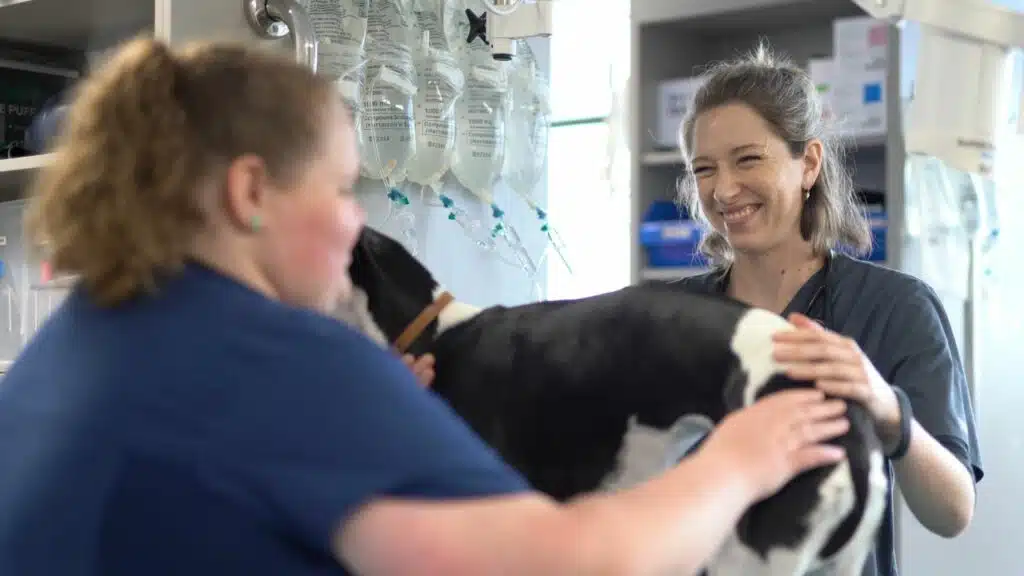Continuing vet education (or CPD) in the veterinary profession is vital, and in most states in Australia even a mandatory requirement. Not only is it important in expanding our skillsets and keeping up to date with clinical knowledge, it also feeds our passion, our drive, and the overall standard of veterinary medicine. In fact, Australian Veterinary Association’s Veterinary Workforce Survey 2021 found 35.16% of respondents job satisfaction could be improved if they had the opportunity to grow their skills via continuing education.
However, finding the time, the funds, and making the effort for our professional development is challenging. With our increasing clinical workloads, and making time for our family and social lives, how do we best make time for our continuing education?
Our tips for finding time for your continuing vet education
Here are some of our best tips for finding time for continuing education:
Schedule time
Set a regular time in your week, fortnight, or even monthly. By being strict and forming a habit, you’ll be more likely to stick to it. It might only be a one-hour slot in your Monday evening, but this regular learning will make a difference. An hour is better than none!
Look for local CPD events
There are many general veterinary practices and larger referral hospitals providing evening, weekday, and weekend workshops across Australia throughout the year. With a bit of searching, you’ll easily be able to find local hospitals, veterinary suppliers, and even individual practices hosting events for their veterinary colleagues. If you’re looking for our local events, take a look at our Events Calendar and you may find we have an upcoming event in your area!
Go online
Cut out on the travel time of going to CPD seminars and workshops by taking online classes or on-demand digital courses. This is a great way to fit your professional development into your busy veterinary schedule. And with the changes COVID has made to our lives, there are many more digital CPD resources than ever before. One of the most useful clinical emergency resources is VetAPedia, which offers 100+ protocols, guides, and webinars that are completely free to access.
Podcasts
There are many valuable veterinary and vet nurse podcasts for convenient CPD on the go. In your commute to work, switch your Spotify playlist to your veterinary podcast of choice. You may even find yourself learning about a topic that’s never crossed your mind before! We regularly tune in to The Vet Vault Podcast to hear Dr Gerardo Poli and Dr Hubert Hiemstra discuss the latest hard hitting topics in clinical and professional veterinary medicine.
Talk to your manager
Another option is to take advantage of professional development opportunities through your workplace. Many employers are willing to invest in their employees’ professional development and will allow vets and nurses to take time off each year to attend courses or workshops to obtain valuable clinical skills to bring back into the practice.
At Animal Emergency Australia we endeavour to provide a gold standard of care while leading a change within the veterinary profession. Continuing education is just one of the areas we believe this change starts. This is why we give our veterinarians and nurses opportunities throughout the year to further their skills. We have also developed our own emergency courses (Accelerate Emergency Program and Elevate Emergency Nursing Program) and CPD program which are available to all our veterinary colleagues.
To find out more about continuing vet education, read our article on how to get the most out of your veterinary CPD and explore our resources on continuing education.





